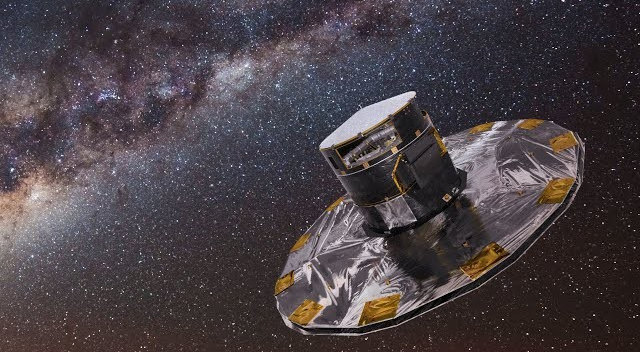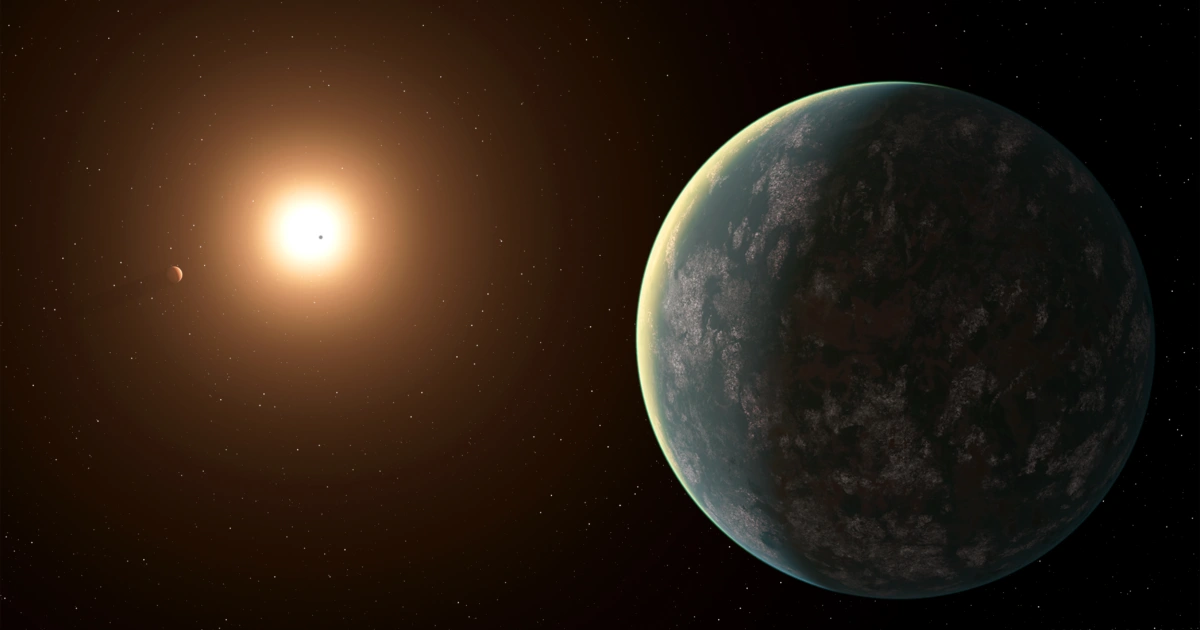Among the many enigmas of modern cosmology, “dark flow” stands as one of the most intriguing. Discovered through observations of galaxy clusters using NASA’s Wilkinson Microwave Anisotropy Probe (WMAP), dark flow refers to the unexpected and consistent motion of galaxy clusters in one direction—toward a specific point in the sky—at velocities that defy current explanations by known physics. This suggests that something beyond our observable universe may be exerting a gravitational pull, pointing toward forces or structures we cannot yet detect.
Scientists theorize that this strange phenomenon could be caused by massive structures outside the observable universe, remnants from the early stages of cosmic inflation, or perhaps even interactions with parallel universes. However, the data remains controversial, and some researchers question its validity, urging more refined measurements with better technology such as the upcoming Euclid mission or James Webb Space Telescope follow-ups. Still, the persistence of this anomaly invites open debate in the scientific community.
The mystery of dark flow forces us to consider that our universe may be part of a much larger and more complex multiverse. It challenges our assumptions about space, gravity, and the limits of observation. As astronomical instruments improve, we may soon uncover whether dark flow is a glitch in the data—or a clue to something far greater beyond the cosmic horizon.




